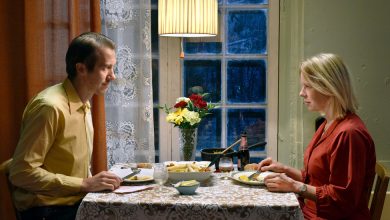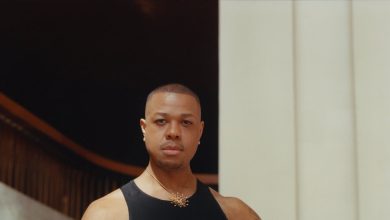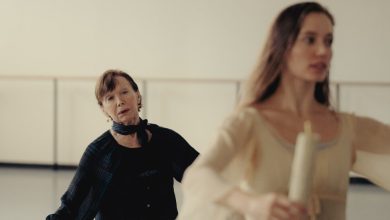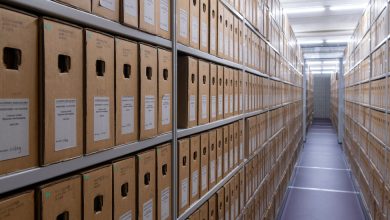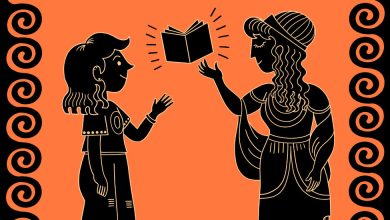Claire Chase Uses Her New Platform to Showcase a Hero
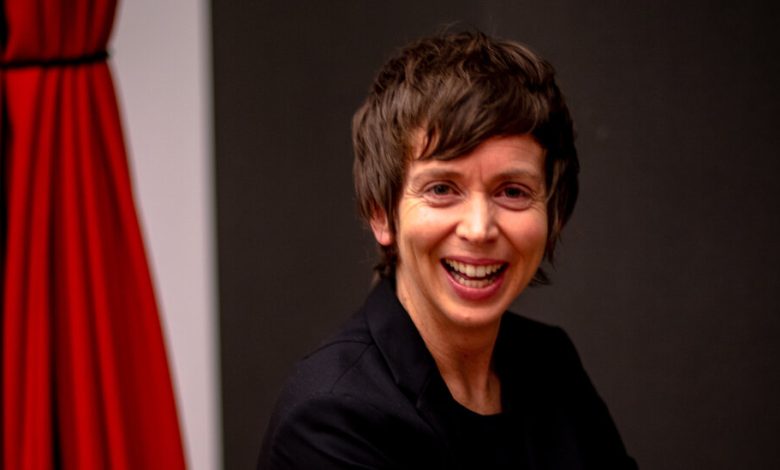
When the composer and performer Pauline Oliveros died in 2016, at 84, her reputation in music was secure.
Her early electronic and tape-music pieces from the 1960s and ’70s are widely seen as key contributions to post-World War II American experimentalism. Oliveros’s solo shows, on a tricked-out digital accordion, were destination concerts at New York spaces like the Stone well into the 2010s. And the influence of her writing on the topic of “deep listening” had taken root in the academy.
Yet at the time of her death, Oliveros had never received a formal showcase of her work at Carnegie Hall. So when the flutist Claire Chase began planning the first shows of her residency there, in her role as this season’s Debs Creative Chair, a corrective move seemed both obvious and overdue.
On Saturday, Chase will present a program called “Pauline Oliveros at 90,” followed by two “Day of Listening” events the next morning and afternoon. “I really wanted,” Chase said, “to give the megaphone to the woman who made possible the lives in music that we have.”

Oliveros with her digital accordion at Issue Project Room in 2013.Credit…Richard Termine for The New York Times
She was talking about the wide network of players who have drawn inspiration from Oliveros’s example — but also the specific nucleus of artists she described as the composer’s “musical offspring.” They will share the stage at the Saturday concert, a program of two Oliveros text scores: “The Witness” and “The Tuning Meditation.”
At a rehearsal of “The Witness” on Wednesday, Chase and her cohort created spellbinding effects while navigating the three “strategies” that Oliveros’s score outlines. In the first section, performers are asked to play only what comes from their own imaginations, without respect to what else is heard in the room; Chase described it as “the opposite of a feel-good meditation.”
In the second strategy, they are instructed to interact as spontaneously as possible with one another. Then the highly idealistic third strategy asks musicians to perform “inside of the time, exactly with the time, or outside the time” of a partner’s playing. Chase said that when she once asked Oliveros what that meant, she was told that it was merely an invitation to be telepathic. “She was dead serious,” Chase recalled, “with a smile on her face.”
On Sunday, audience members will be able to join the conceptual jamboree using their voices, slide whistles and the Adaptive Use Musical Instrument technology that Oliveros pioneered with an eye to helping children with a limited range of movement produce music.
The artist Ione — Oliveros’s widow and longtime collaborator — said that while the technology was designed for children with “the least availability of movement,” it is also “wonderful for anybody.” That crossover application is, to Ione, part of Oliveros’s legacy: “Bringing people together for sound and music and play and fun. Pauline was as playful and fun as she was serious.”
In interviews, four musicians featured in this weekend’s concerts offered their memories of Oliveros and her music. Here are edited excerpts from the conversations.
Claire Chase, flutist
I did meet Pauline when I was a toddler. I have these beautiful memories of her playing her accordion — often barefoot — at concerts at the University of California, San Diego, where my parents would drag me because they couldn’t find child care. She was freer and more unfettered in her skin than anyone I’d ever met.
It wasn’t until the late 1990s when I reconnected with her, when she was a visiting artist at Oberlin, where I was an undergrad. We were all on a treadmill toward what we thought would be careers in symphony orchestras. She asked — I have to do it in her Texan drawl — “Can you hear beyond the edges of your own imagination?” It wasn’t just like the ceiling opened up for me. It was like the walls dissolved completely. I found myself totally exhilarated and terrified, and suddenly wondering what else I wasn’t learning in conservatory.
Susie Ibarra, composer and percussionist
There’s quite an array of Pauline’s music, between the stuff that she did later, for large ensembles, and earlier recordings that were solo. And then her text scores. There are many points of entry. I just love them all for different reasons.
I’m very sentimental about coming to celebrate her at Carnegie Hall, as the first time I played there, it was to play her piece “All Fours for the Drum Bum.” It’s a practice in non-repetitive rhythm and texture. She was always somebody who was a great inspiration, and a mentor who offered such support. We did go into the studio and record duets, but we never released it. I was busy, sure, but she was extraordinarily busy toward the end. I think it’s probably at the right moment to release now.
I was so fortunate to play a lot with Pauline as an improviser — and we had a quintet called New Circle Five, which recorded one album, “Dreaming Wide Awake.” She was so playful. Especially when she had her digital accordion; you never knew which “instrument” was going to come out. It was a constant surprise.
Alex Peh, pianist
My entrance into contemporary music was a really social one. I’m a professor of piano. But I’m dear friends with Phyllis Chen — and when we did her residency at SUNY New Paltz, Pauline came down. We got the students all jazzed up on her “Sonic Meditations.” That’s when I started doing a lot of contemporary music.
I played with Claire on Susie’s album “Talking Gong.” We did the online release, then we had some extra time. We were at a barn upstate, and Claire was just like, “Let’s jam.” So we read “The Witness,” and it all started there. After that, we started improvising in the woods, at the Mill Brook Preserve. We did it in caves, just looking for inspirations. This was in the pandemic; we were all sort of frayed and flustered. And now it’s spun into this.
Since that time, I’ve explored piano styles throughout the world. I’ve been doing a lot of work with piano traditions in Myanmar. I’m doing a lot of work with Persian piano. Playing “The Witness” catalyzed this. Before that, I was just playing standard repertoire. I met Pauline, and it kind of unlocked curiosity. She gives permission to explore.
Tyshawn Sorey, composer and percussionist
My piece “Bertha’s Lair” was commissioned by Claire for her Density 2036 project. And the day we were scheduled to rehearse that piece — and the day it was completed — I went over to the studio where we were going to rehearse it. Within five minutes of arriving there, we found out the news that Pauline had passed. So we hugged for long time; we didn’t even play. We just talked about Pauline the entire evening.
It came out in the interpretation of the music, when we finally rehearsed the piece and played it dozens of times. It was different every time. Yet the spirit of Pauline would always remain over us, the way we both continued to take chances.
In terms of Pauline’s sprit: It’s about this openness and trust. This way of becoming through making music and being present at all times. No matter what a particular score of hers would say, it certainly demands a different kind of consciousness on the part of the performer to be able to execute. It would put the performer in a place where they’ve probably never been before.
